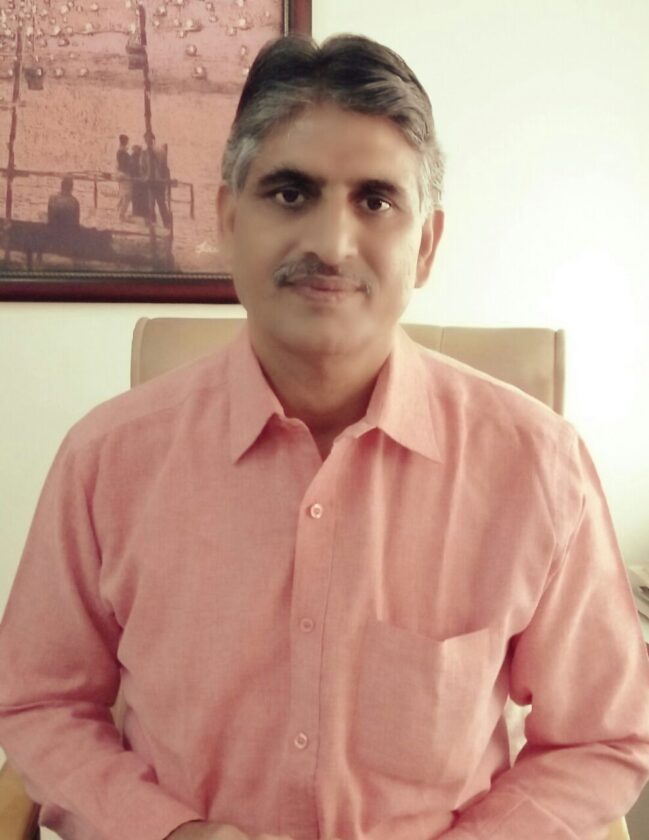New Delhi : In a major organizational overhaul aimed at reviving its grassroots strength, the Congress Party has called upon nearly 700 District Congress Committee (DCC) presidents from across the country for a three-day meeting in New Delhi. This comes after 16 years, marking a significant move by the party to re-energize its cadre following a series of electoral defeats in recent years.
The meeting, organized by the All India Congress Committee (AICC), will take place in three phases—March 27, 28, and April 3—and will focus on implementing a new organizational framework designed to empower district units and streamline party operations at the local level.
Gujarat Chosen as Pilot State for New Strategy
Sources within the party have revealed that the new structure will first be piloted in Gujarat, a state slated to hold assembly elections in 2027. Congress aims to rejuvenate its presence in Gujarat by empowering DCC presidents with greater responsibility, particularly in candidate selection and campaign strategy.
This initiative was finalized during a recent strategy meeting attended by Congress President Mallikarjun Kharge, Lok Sabha Leader of Opposition Rahul Gandhi, and other senior AICC office-bearers. Notably, Priyanka Gandhi Vadra played a key role in preparing the blueprint for organizational reforms, which was also discussed at length during the meeting.
“This is a historic step towards empowering our district units and reshaping the party’s future. Our goal is to build strength from the grassroots level,” senior Congress leader Jairam Ramesh said while speaking to reporters.
Political Significance of Gujarat Focus
The choice of Gujarat as the pilot state is strategic, given that it has been a Bharatiya Janata Party (BJP) stronghold for over three decades and is the home state of Prime Minister Narendra Modi. Congress believes that regaining influence in Gujarat would significantly dent the BJP’s dominance and enhance Congress’ national standing.
Moreover, Gujarat holds historical importance for Congress as the birthplace of freedom movement stalwarts Mahatma Gandhi and Sardar Vallabhbhai Patel. Reviving the party’s influence in this state is seen as a symbolic reconnection with its roots and legacy.
Despite setbacks in recent elections—Congress won only 17 seats in the 2022 Gujarat Assembly elections, a sharp fall from 77 seats in 2017—the party remains hopeful. With a persistent traditional voter base in rural, tribal, and certain urban areas, party strategists believe that increasing its vote share by 5–10% could pave the way for a comeback.

Following the victory in the Banaskantha seat during the 2024 Lok Sabha elections, Congress sees an opportunity to build momentum ahead of the 2027 Assembly and upcoming local body polls.
Strengthening the Organization Across States
The Congress leadership views this DCC meeting as a model for replication in other states, especially those heading into elections in the near future. Party insiders indicate that the success of the Gujarat pilot project will be evaluated before extending the new framework nationwide.
The organizational weakness in Gujarat, marked by frequent defections and internal discord, has long hampered the party’s prospects. Through this initiative, the Congress seeks to revitalize its district-level machinery and boost morale among its grassroots workers.
High Stakes for Congress’ Future Strategy
The upcoming meeting is expected to serve as a platform for in-depth discussions on ground-level challenges, leadership accountability, and constituency-specific strategies. By involving district leaders directly in decision-making, especially in candidate selection and local alliances, the party hopes to enhance both credibility and efficiency.
Political analysts believe that the outcome of this initiative could significantly influence Congress’ preparedness for the 2026 assembly elections in other key states, as well as its performance in the 2029 general elections.
In an era of increasing electoral challenges and shrinking political space, Congress appears to be betting on bottom-up reorganization as a path to revival. Whether this effort can translate into tangible electoral gains remains to be seen, but the party’s renewed focus on district leadership marks a shift toward long-term grassroots engagement.





